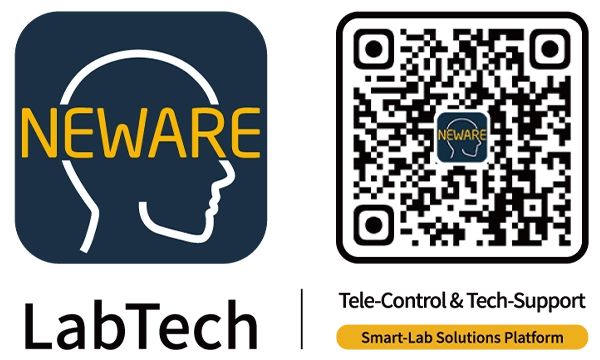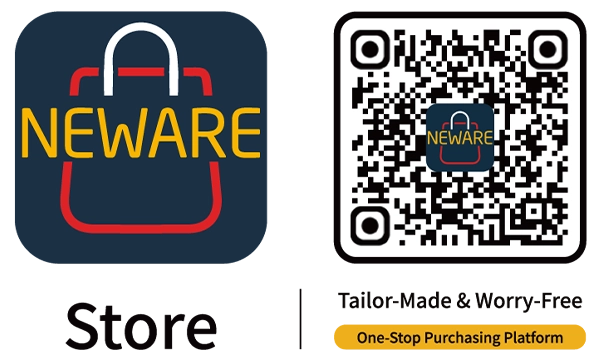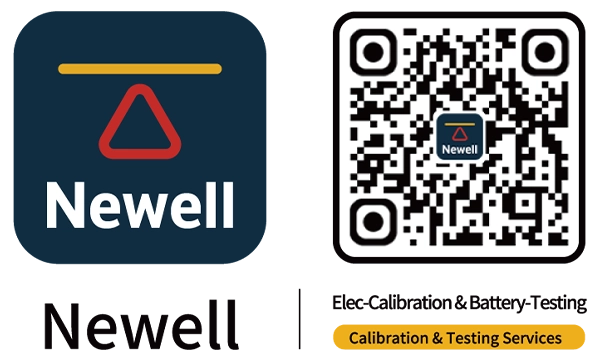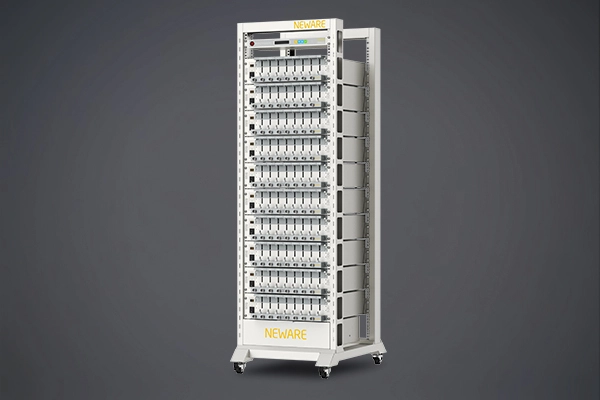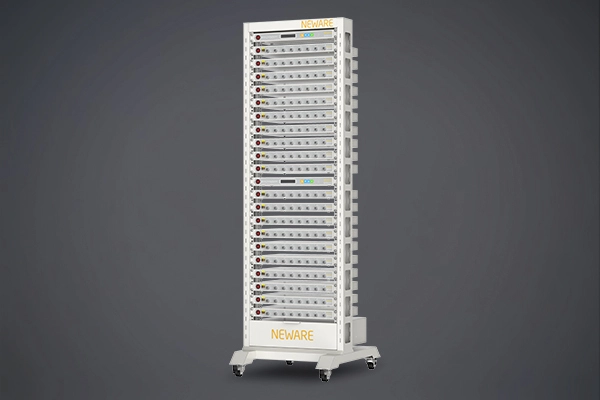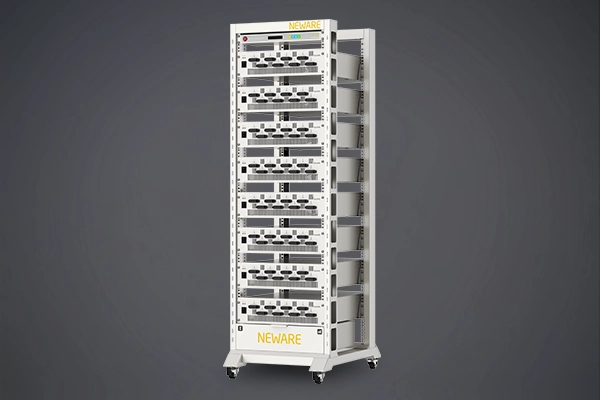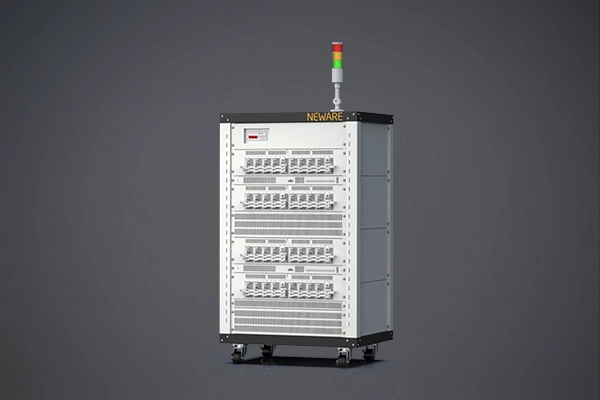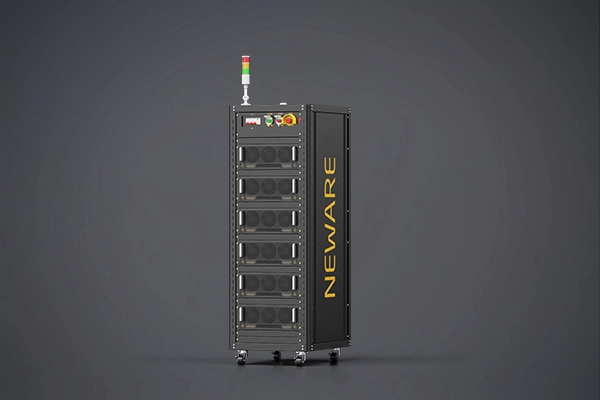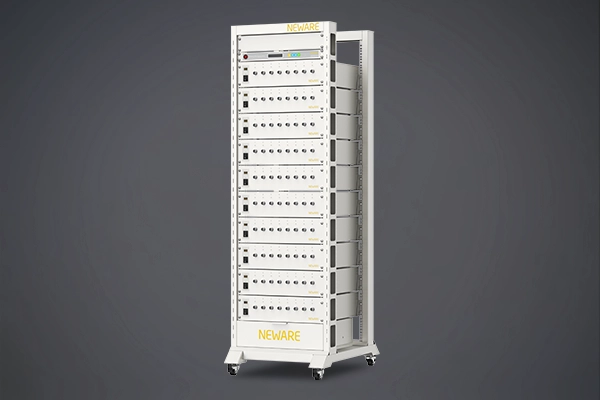NEWARE battery testing system, with its exceptional technical performance, provides strong support for the parameter assessment of new energy vehicles. The system not only ensures high precision and reliability in the measurement of the State of Charge (SOC) but also significantly enhances the intelligence and efficiency of the battery management system through features such as real-time monitoring, comprehensive safety protection, and high communication compatibility. In the field of in-depth research on the performance of new energy vehicles conducted by universities and research institutes, the NEWARE battery testing system has become an indispensable tool, making a significant contribution to the development and application of new energy battery technology. Through its accurate SOC measurement, NEWARE equipment assists researchers in optimizing charging and discharging strategies, extending battery life, and effectively preventing overcharging or over-discharging, thereby ensuring the safety and stable operation of the battery.
Lithium-ion batteries are widely used in electric vehicles, portable electronic devices and grid energy storage systems due to their high energy density, long cycle life and high safety. However, with further in-depth research on lithium-ion batteries, it is found that ' accurately grasping the state of charge of the battery ' is crucial to further improve the safety, cycle life and energy utilization efficiency of the battery. Therefore, how to effectively estimate the state of charge ( SOC ) of the battery has become the focus of research.
In recent years, domestic and foreign scholars have proposed a variety of methods to estimate the SOC of lithium-ion batteries, including traditional estimation methods, model-based estimation methods and data-driven estimation methods. However, these three methods still have shortcomings : although the traditional estimation methods are simple and easy to implement, there will be significant errors. The computational complexity and accuracy of the model-based estimation method are affected by the complexity of the model. The data-driven method relies on historical data to build a network model, which requires a lot of calculation, and the prediction accuracy is related to the training depth. Therefore, the development of new methods for estimating SOC has become a widespread research goal.
Based on this, the team of Fan Xingming from Guilin University of Electronic Technology proposed a new fusion algorithm of data-driven and filtering algorithms, named SARIMA_AKF_MIRVM (SFR). It skillfully combines Adaptive Kalman Filter (AKF) algorithm, Multi-Kernel Incremental Relevance Vector Machine ( MIRVM ) and Seasonal Autoregressive Integrated Moving Average (SARIMA ) algorithm. It successfully solves the problem that the change rate between adjacent output SOCs is not constrained, showing strong robustness and excellent generalization ability.
In addition, the team also proposed a new adaptive genetic algorithm (AGA) to optimize the adaptive unscented Kalman filter (AUKF) fusion algorithm. Among them, AGA-AUKF1 optimizes the optimal noise covariance matching window length through AGA to avoid the uncertainty caused by improper window length under complex working conditions. AGA-AUKF2 optimizes the optimal observation noise covariance through AGA, and then calculates the process noise covariance based on CM rules, which can effectively reduce the influence of random conditions and initial parameter uncertainty on the prediction performance of the algorithm, showing strong robustness and good prediction accuracy.

It is worth emphasizing that in order to verify the accuracy of the algorithm estimation, both of these works used NEWARE battery testing system (CT-4008Q-5V6A-S1) to test the battery data set under different dynamic test conditions. Among them, the author also emphasizes that the test system has a very high test accuracy (0.03% to 0.04%), which can effectively meet the high-precision test requirements.

 NEWARE, with over 25 years of battery testing experience, strives for innovative designs and superior quality. The company is dedicated to providing support for global battery manufacturers, electric vehicle producers, energy storage battery manufacturers, enterprises, national quality inspection departments, universities, and research institutions.
NEWARE, with over 25 years of battery testing experience, strives for innovative designs and superior quality. The company is dedicated to providing support for global battery manufacturers, electric vehicle producers, energy storage battery manufacturers, enterprises, national quality inspection departments, universities, and research institutions.
NEWARE offers high-performance battery testing systems, formation and grading systems, environmental test chambers, and automation equipment.
NEWARE provides system services such as NEWARE LabTech AI and NEWARE Store BI, as well as LIMS+MES.
NEWARE has a global service network, ensuring timely responses.
If you have any requirements or ideas regarding battery testing, please feel free to contact us. We are able to provide customized services based on your specific needs.
NEWARE TECHNOLOGY LLC
755 Ames Avenue, Milpitas, CA, USA, 95035
